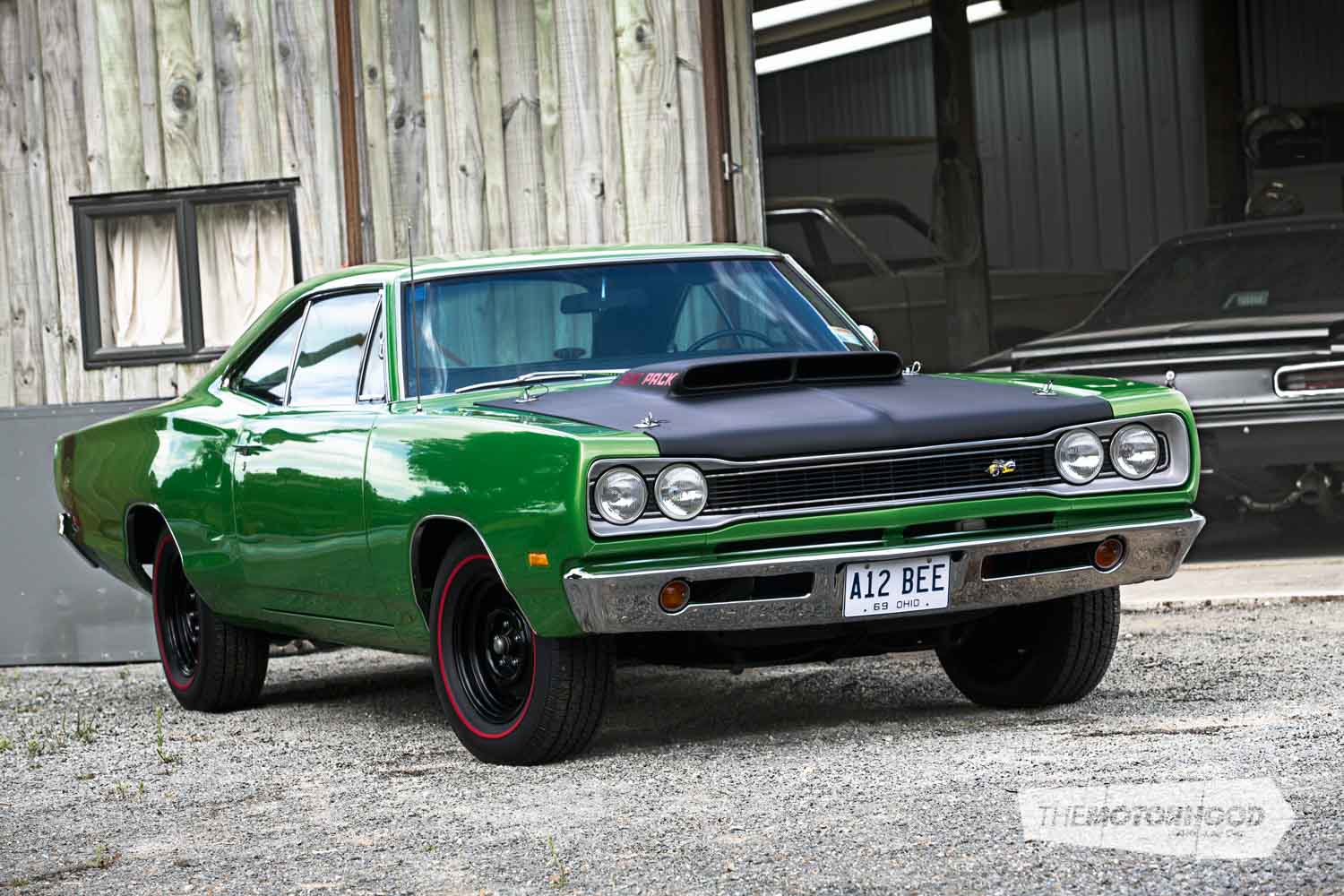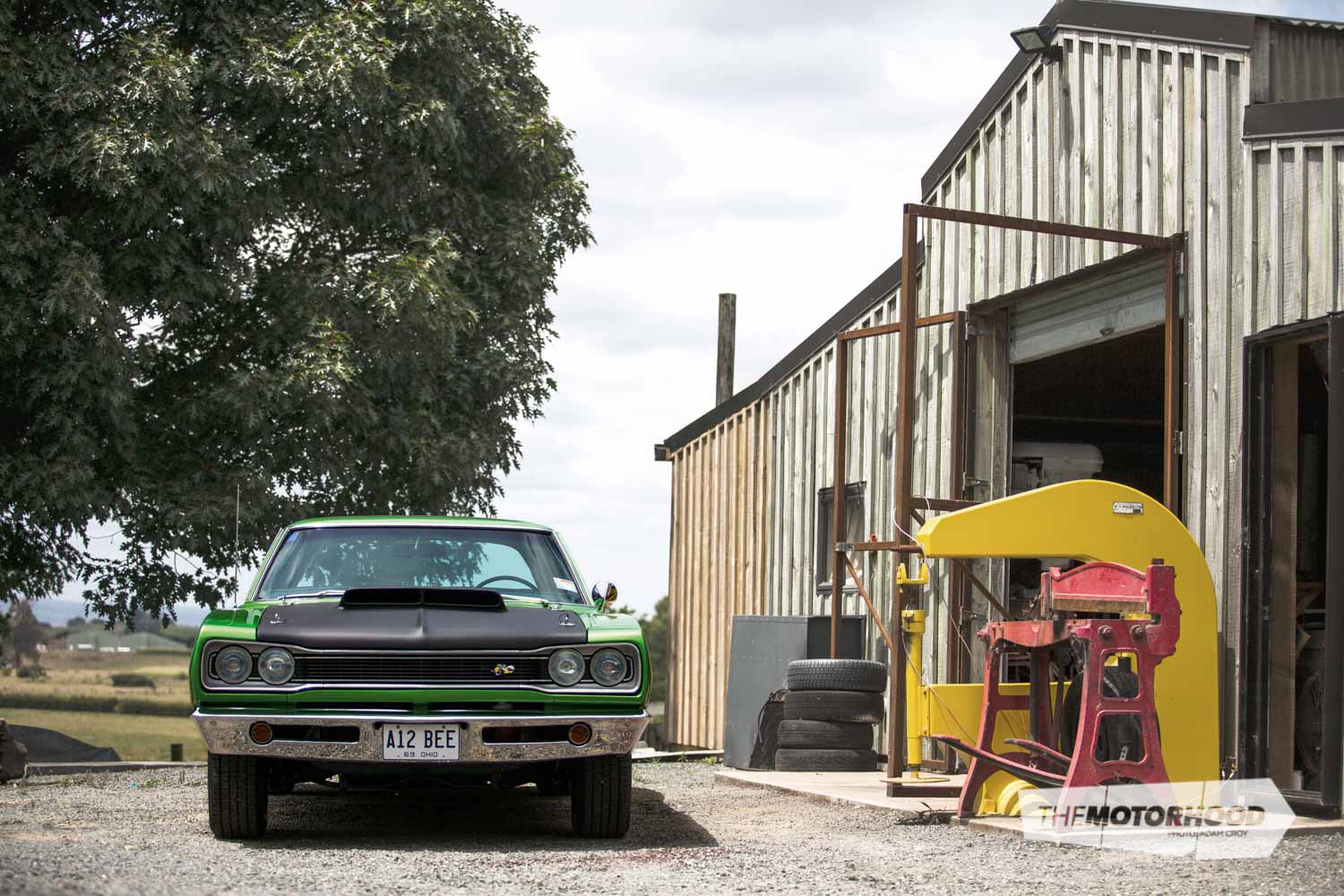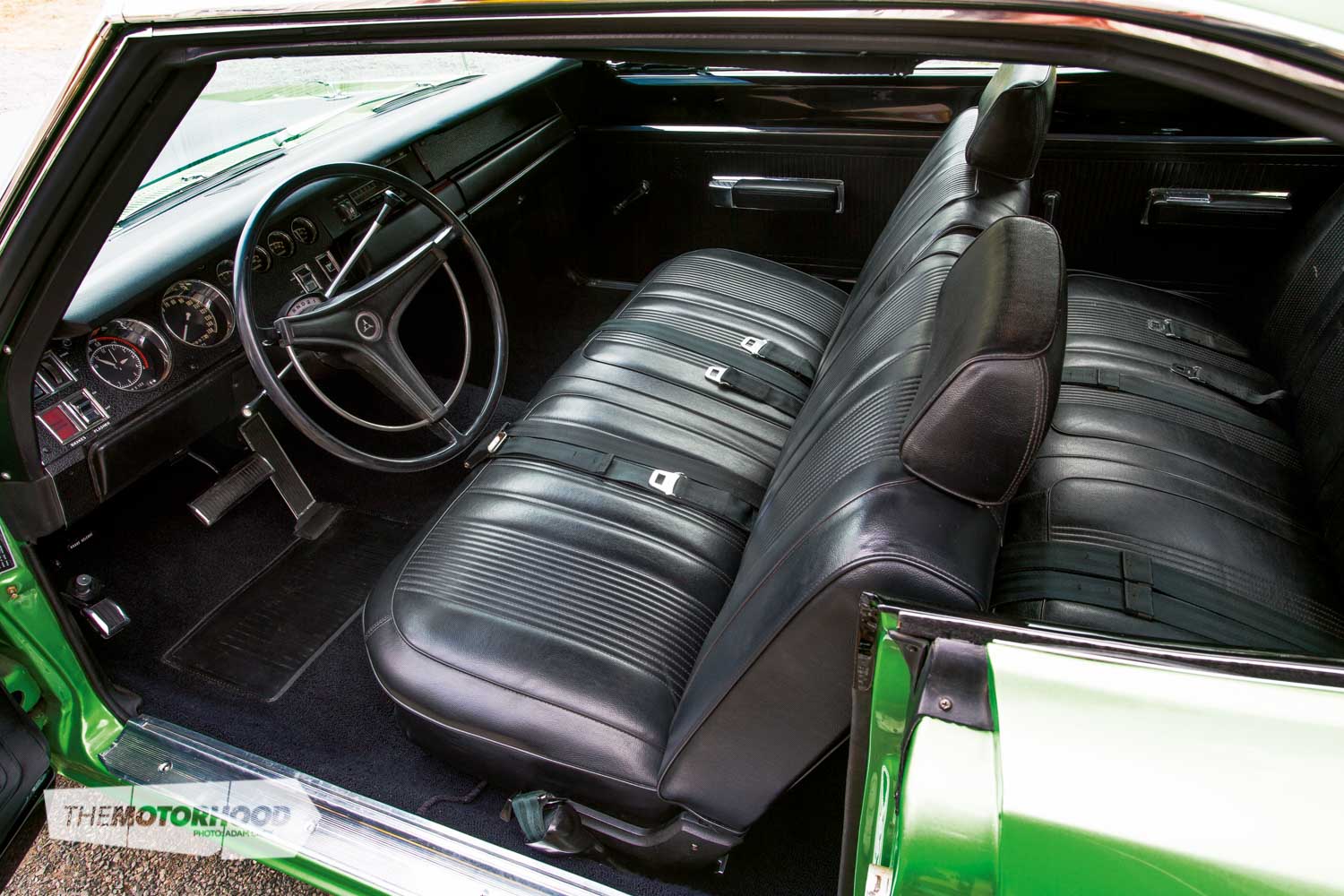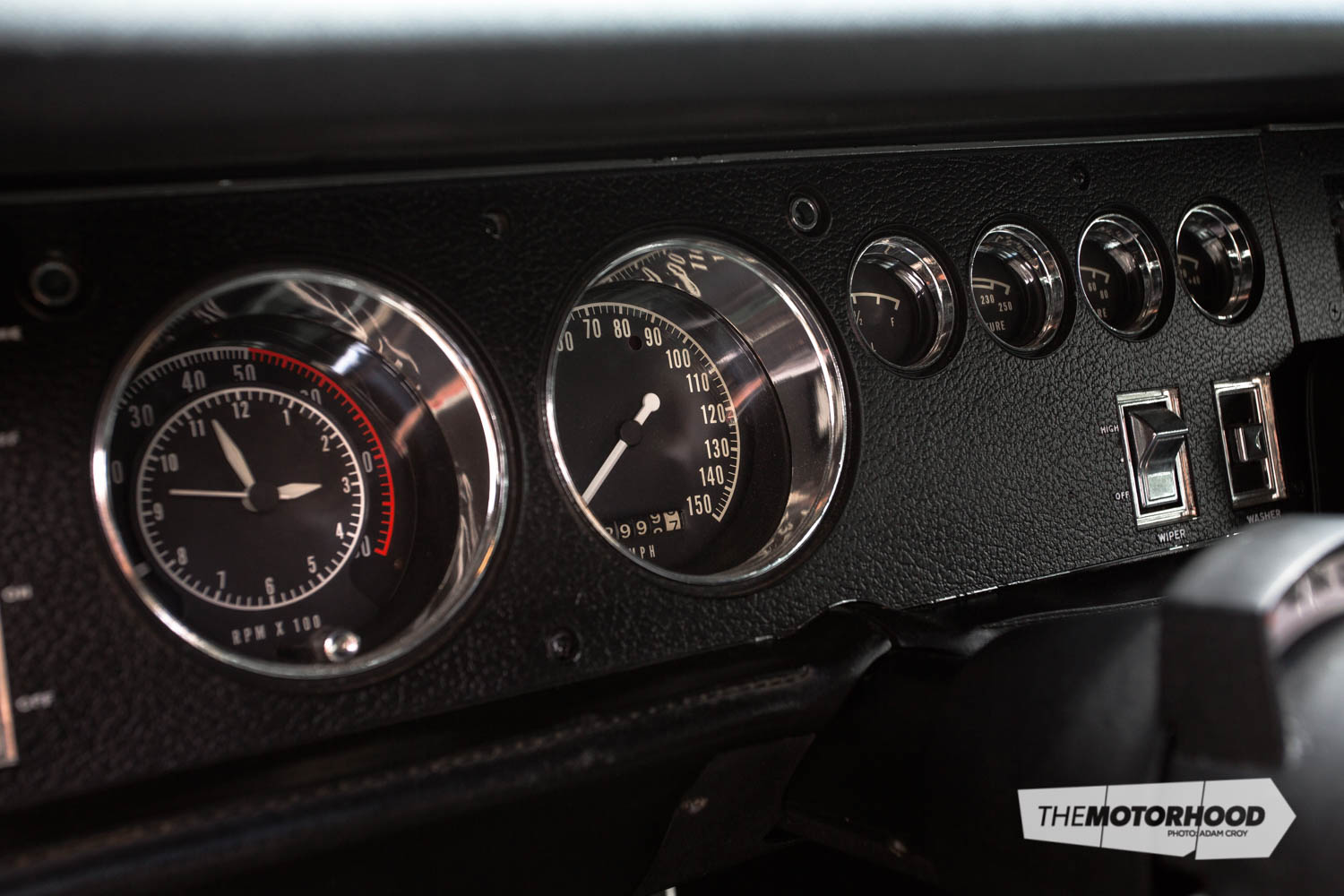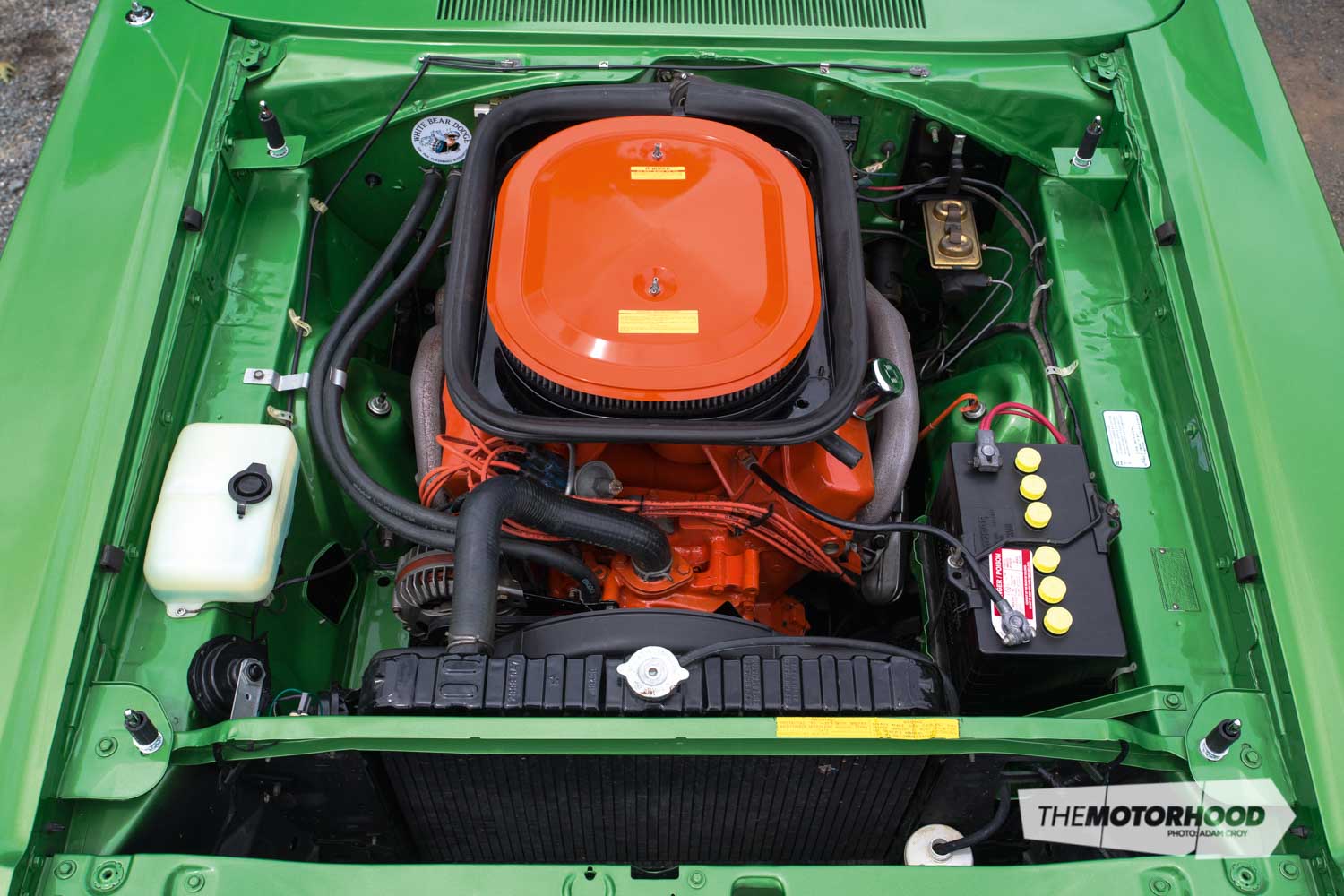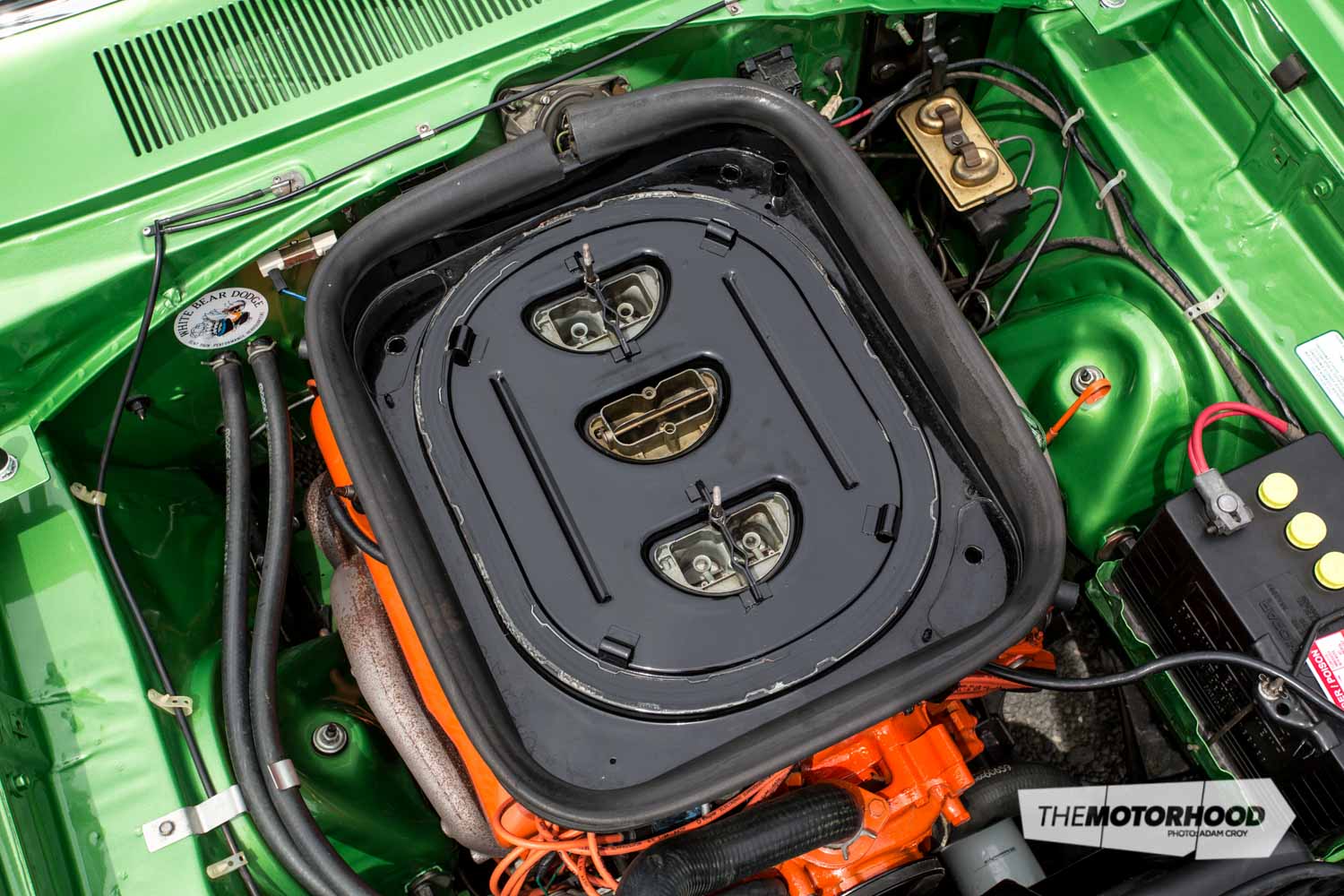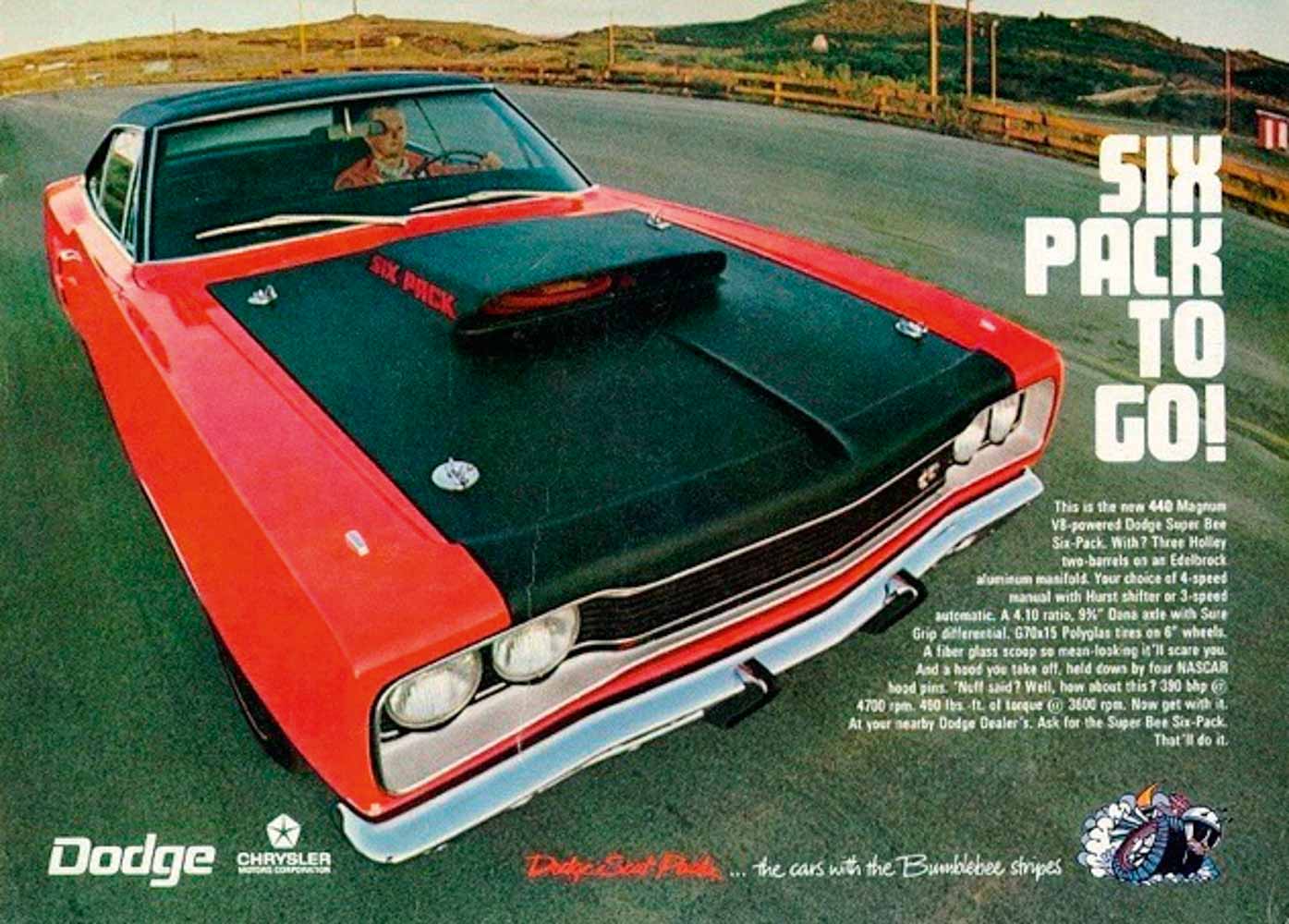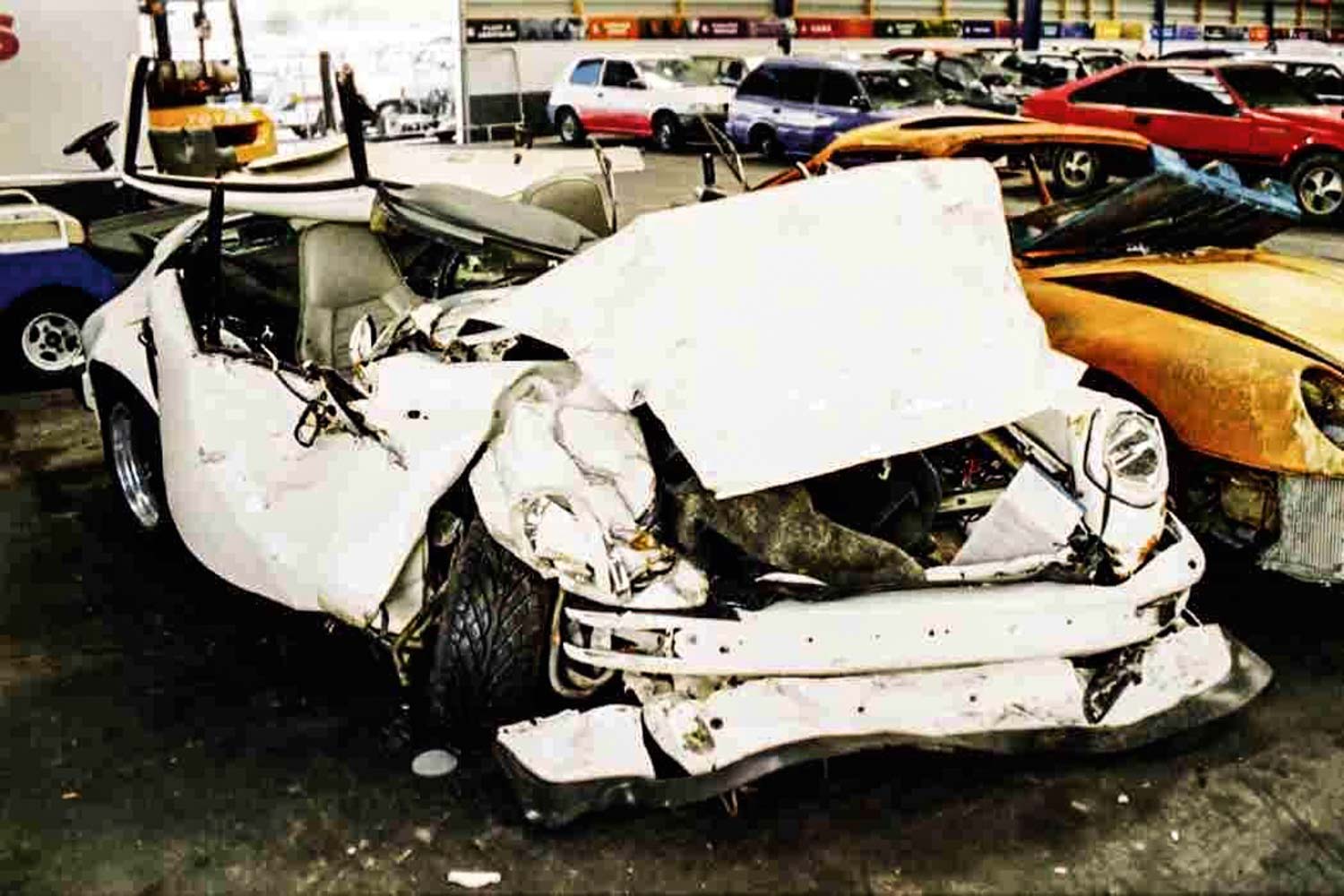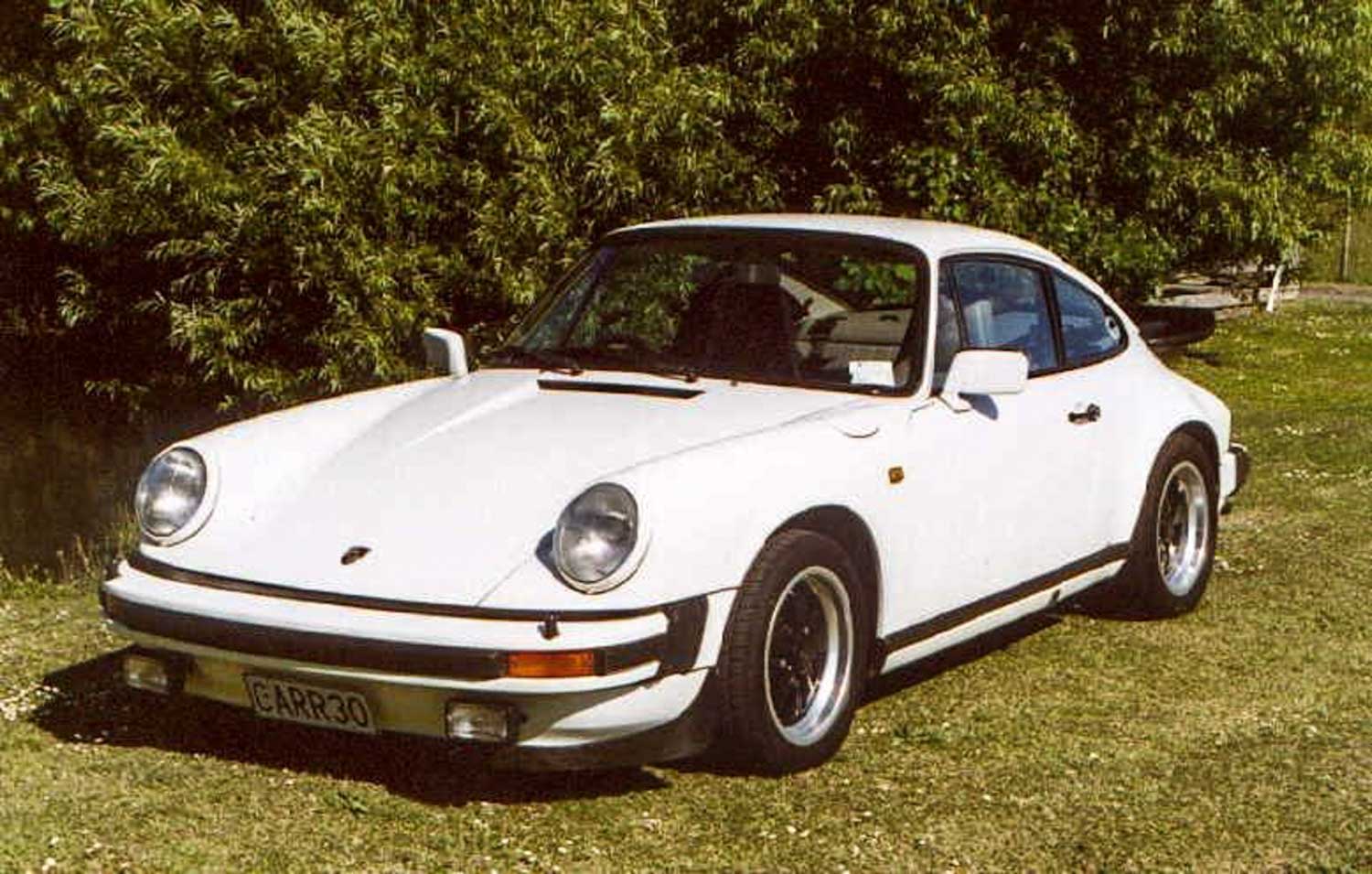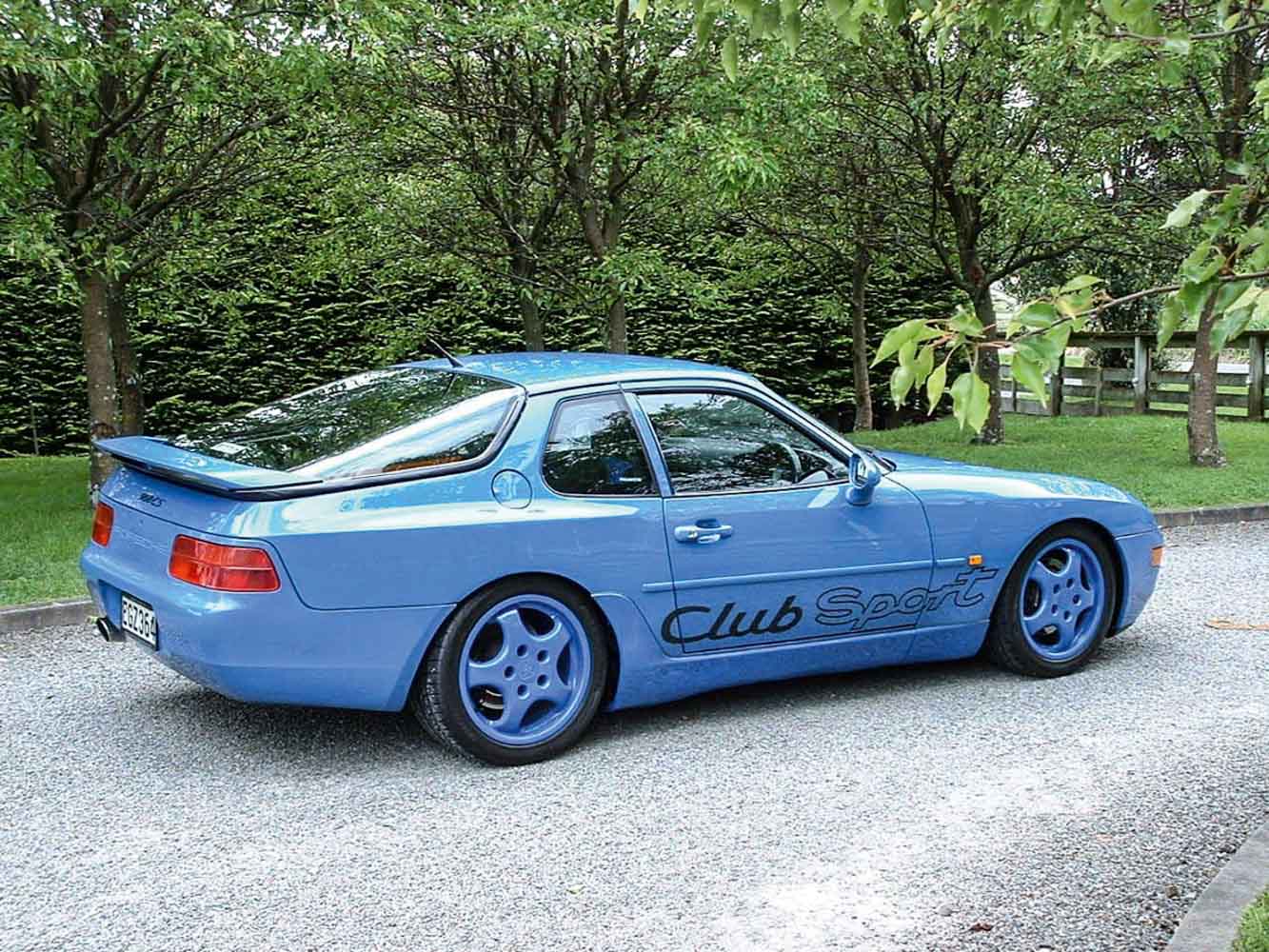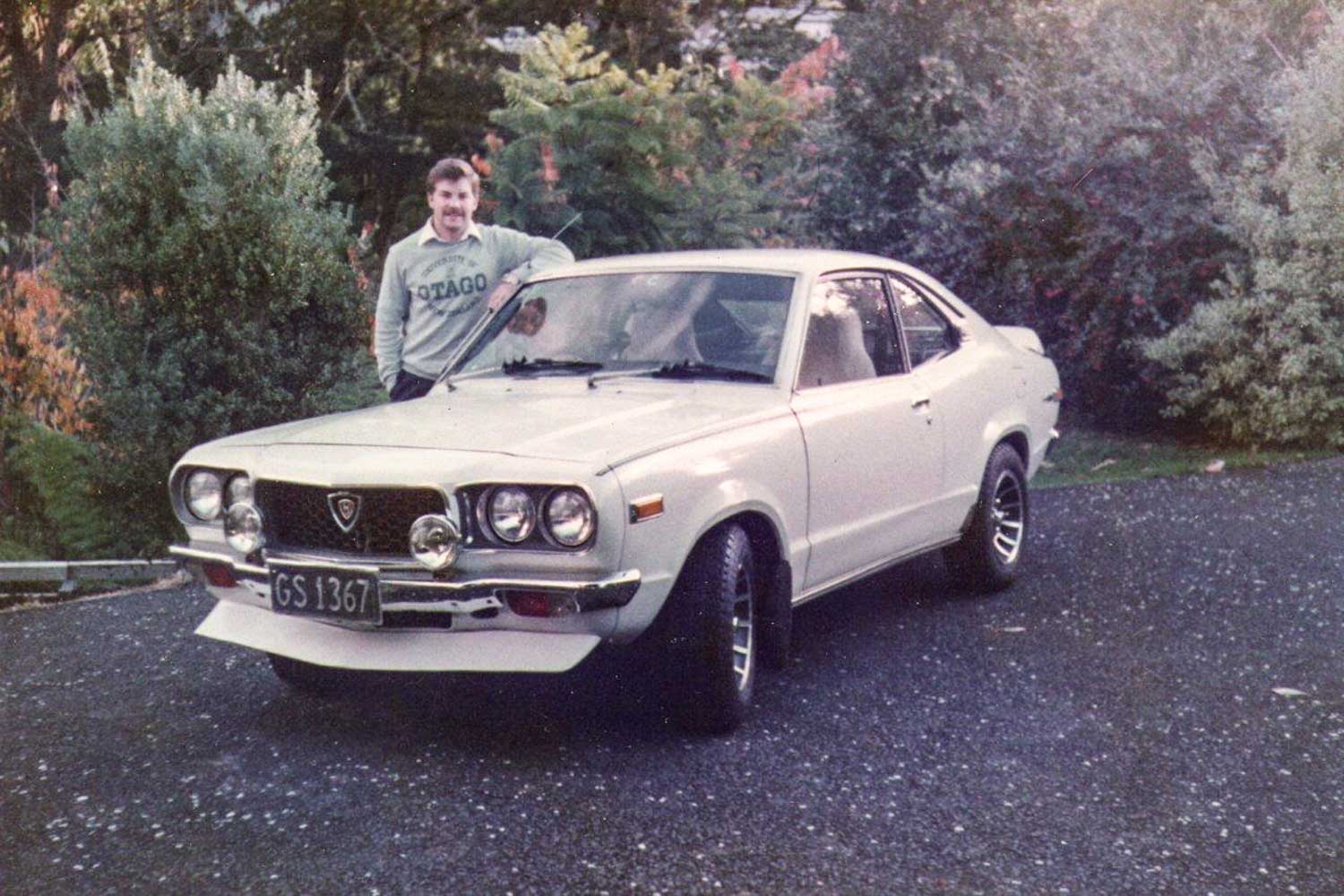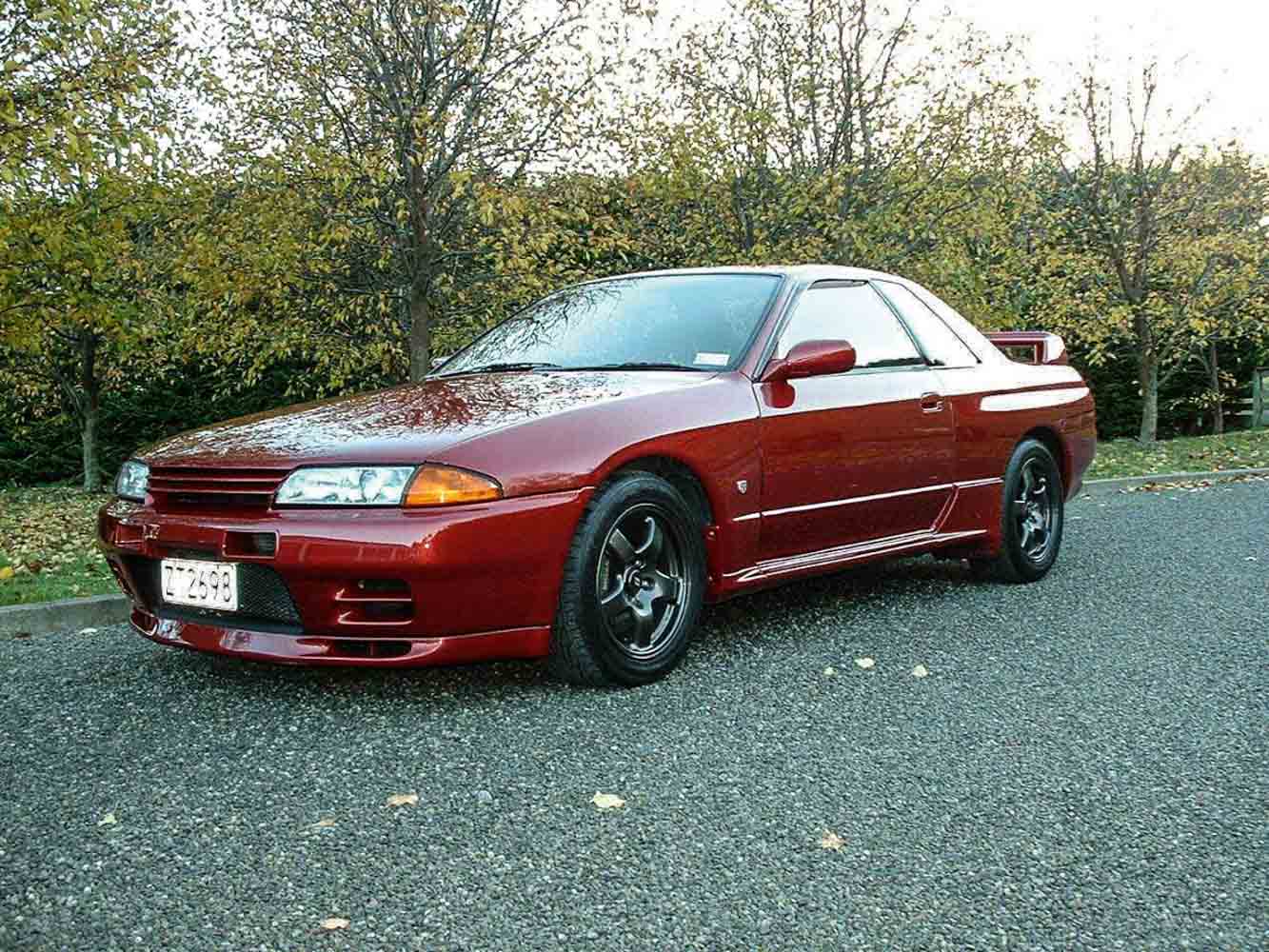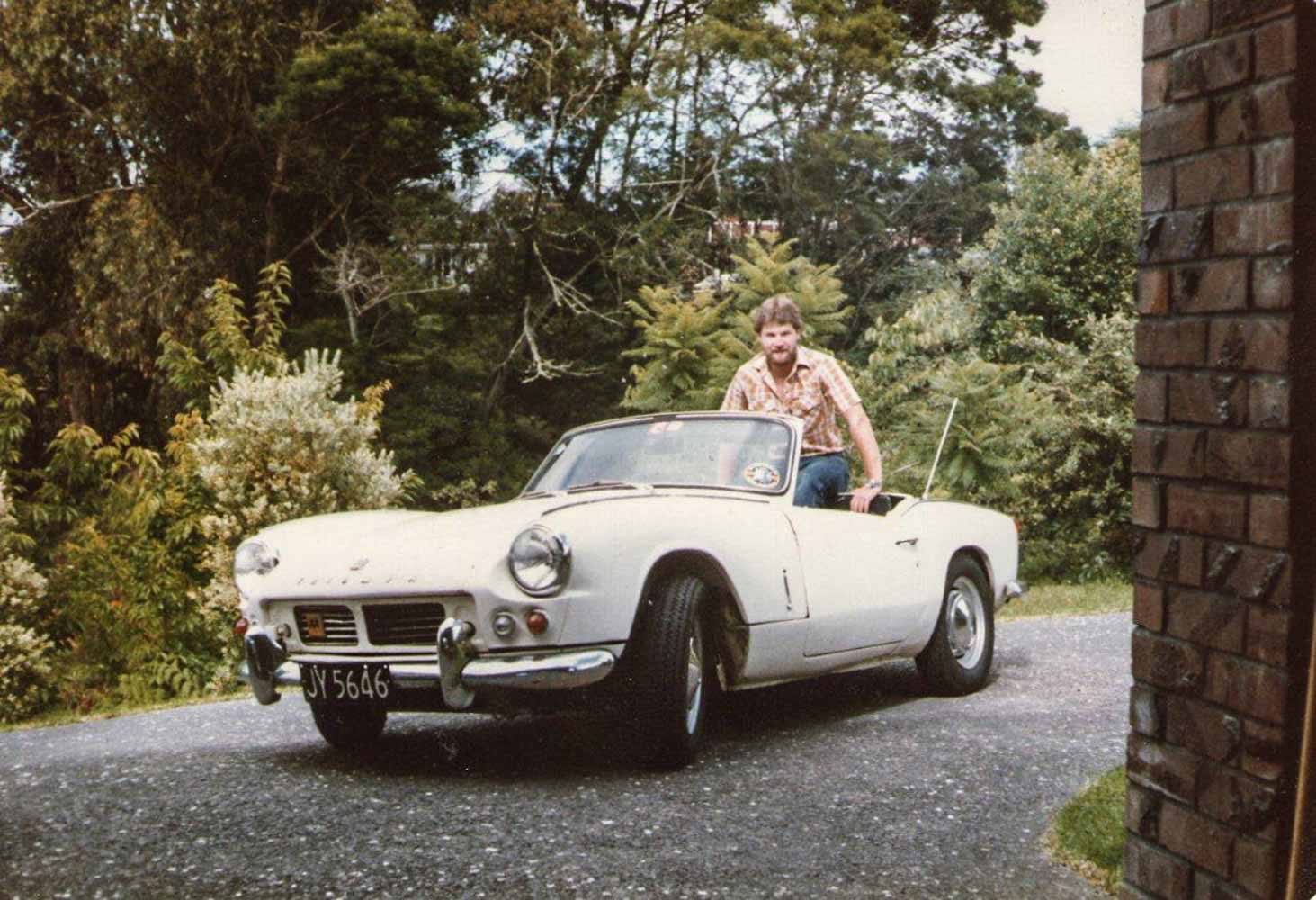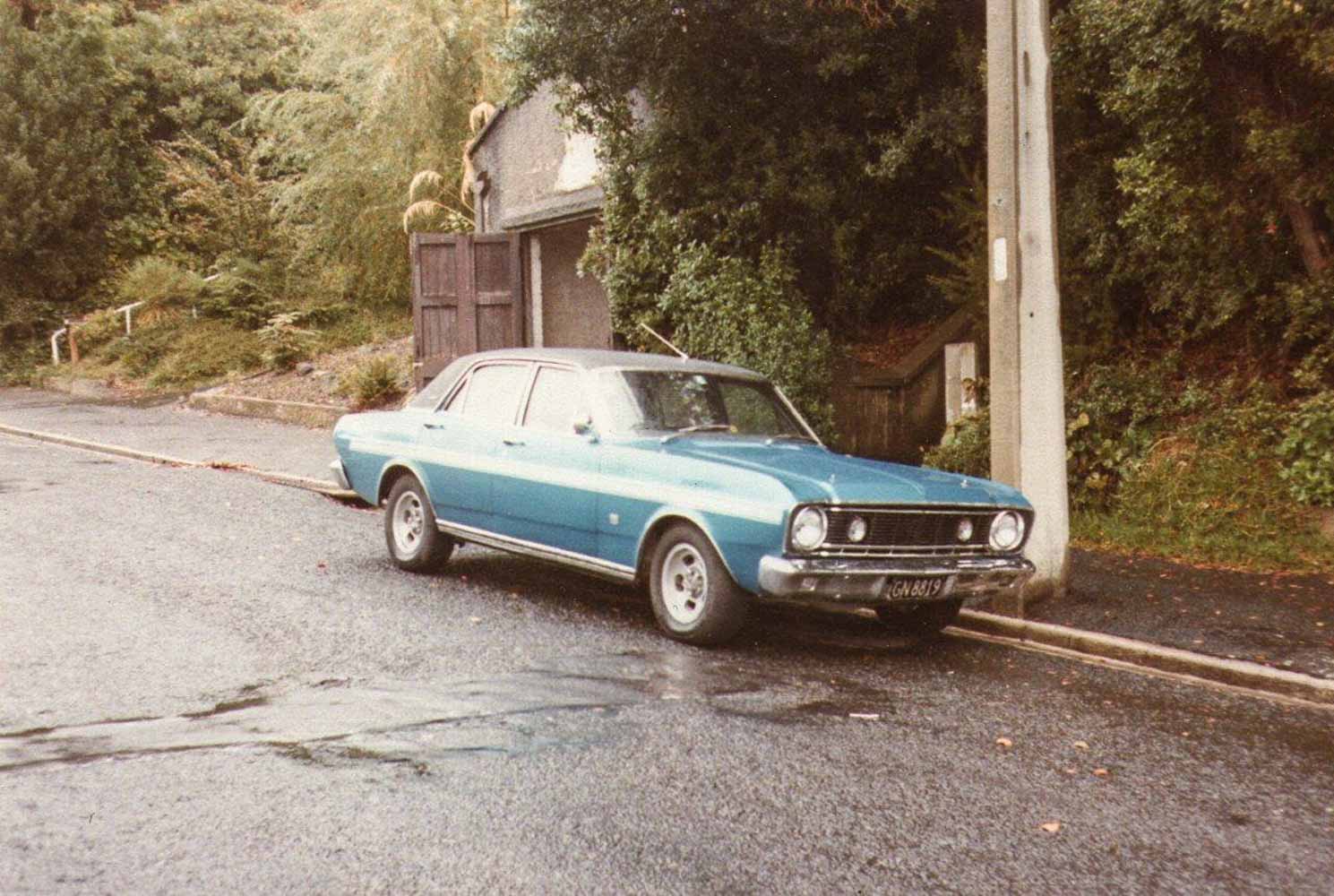data-animation-override>
“A Porsche 968 Club Sport funded the purchase of this rare US muscle car”
The term ‘muscle car’ is often misunderstood by classic car enthusiasts, although it generally refers to — but is not limited to — American cars with tons of power, modest weight, and blistering acceleration. In fact, the term was coined back in 1964, and, at that time, it related to mid-sized Pontiacs boasting the latest performance option, the formidable 389ci (6.37-litre) V8 engine that transformed the rather tame version of Pontiac’s Tempest into the now legendary tyre-shredding GTO.
The Road to the Dodge A12

In today’s volatile classic car market, no one can question the credentials and desirability of collectible muscle cars such as Martin Sheffield’s magnificent 1969 Dodge Super Bee A12 Six Pack. These brutish machines were created by Chrysler engineers who were inspired by early hot-rodding to create arguably one of the muscle car era’s most intoxicating machines.
Looking back at Martin’s car ownership history, one could be forgiven for asking, why a Super Bee A12? Good question, according to Martin, and one for which there isn’t a particularly straightforward answer.
A number of years ago, he purchased a video (an indication of just how long ago that was) from Ruf Automobile covering its famous Yellowbird CTR in action at the Nürburgring. During the course of the film, the narrator says something along the lines of (adopt a Teutonic accent) “We are fools for cars”, a phrase which, Martin admits, sums him up given his vehicle ownership history.
It all began with the Mini 850 in which Martin learned to drive. His family owned a succession of Minis, culminating in a Clubman S (they didn’t quite get to the point of owning a 1275GT). Then, when Martin was 17, he bought his first car — a Ford Anglia van powered by a Cortina 1500cc engine, complete with half a bucket fibreglassed over as a hood scoop. Further customization was funded by working for his grandmother, and added touches included a $40 chocolate-brown paint job, a shagpile carpet, and a CB radio. The revamped van was a hit at school, but, on reflection, Martin reckons it was truly awful, and he’s grateful no photographs of the Anglia have survived.

Next up was a Triumph Spitfire. Unfortunately for Martin, the car’s engine let go pretty quickly, and he still has vivid memories of his feet disappearing amongst the plumes of thick black smoke that filled the footwell at the time of the motor’s expiration. A replacement engine was taken from a Triumph Herald.

Martin’s car ownership was interrupted during his first year at university in Dunedin, but, at end of that year, he procured a 1970 Fort XY Fairmont GS running a 302ci (5.0-litre) V8. Martin travelled a couple of times from Auckland to Dunedin and back in it, but found the V8 a little expensive to run, and turned the Fairmont over the same year for a 1973 Mazda RX-3 10A coupé.
Upmarket

He somehow managed to buy himself into a Daimler V8 250 saloon while still at university, and, looking back, he is in no doubt this was his first bad car-buying decision. The Daimler’s engine ended up needing a total rebuild, and the dreaded rust kept rearing its ugly head. Martin needed to work a number of jobs to fund the engine rebuild — but, unfortunately, even a reconditioned engine didn’t prevent the Daimler from stranding him on the west side of Lake Taupo with a blown water pump while he was heading to Dunedin.
The following year, he started work in Wellington, and the Daimler was left in Auckland to be sold. Several years of motorbike ownership followed.
He can still remember riding south from Wellington to Timaru to visit his then girlfriend, now wife, on a GN250 with quite literally less than 20 kilometres of riding experience under his belt. It was a less than memorable visit, because, while there, the bike toppled off its stand and put a rather nasty dent in the door of his father-in-law-to-be’s prize Holden Torana.
Martin’s next plunge into car ownership was certainly a jump up in quality — a 1982 BMW 323i, his first ‘modern’ car and his first taste of real motoring reliability. The BMW went when Martin relied on a company car for a few years.
He was now married, and his wife admitted to an attraction to the Daimler SP250. Martin’s subsequent decision to buy one without doing any homework resulted in his second bad car-buying decision, and, yet again, the lemon was a 2.5-litre V8-powered Daimler. The SP250 was fairly cheap to purchase, but deservedly so, as just about everything broke or needed upgrading or replacing. Martin admits the car spent over 80 per cent of the time during his seven years of ownership either in a garage or under repair.

Another halt in car ownership came during the mid ’90s when Martin and his wife went to live in the US for a few years. On their return, he bought an early ’90s Audi 80 Quattro, and this was followed by the first in a run of several Porsches, Martin having fallen in love with a 1974 911 2.4S when he owned the SP250. At that time, he was based in Sydney for about 18 months and convinced himself that he needed a car, so why not a Porsche? He subsequently bought a 1976 Carrera 3.0 in fabulous condition — the 911 came back to Wellington with him in 1999.
Porsche passion

Involvement with the Porsche Club led to driver training and a couple of track days/sprints. Martin had always been interested in motor sport, so he decided to give racing a go, buying a 944 to run in the 2000/2001 Porsche Bridgestone Series.

An opportunity arose to return to the US at almost the same time, but then, while driving to Auckland in February 2001, the 911 was written off when they were involved in a head-on collision — just three weeks before they were due to fly out of New Zealand. Luckily, the couple eventually got away to New York, only narrowly avoiding the catastrophic events of 9/11.
Martin reckons this should’ve been the time when US muscle cars finally registered in his consciousness, but Porsche remained his choice to fill the space in a container when they headed homewards in 2004 — with a 1962 356B race car.
Prior to returning to New Zealand permanently, Martin became interested in Holden HQ racing, and even took a test run at Manfeild on one trip back, subsequently buying a car needing a bit of TLC, as well as a running donor car for spares. His brother-in-law also came across a 1973 HQ V8 wagon and thought it would make an ideal tow vehicle.

But getting back to the 356B. Martin had been interested in classic racing from his days with the SP250, and he competed at the Southern Festival of Speed in 2008 in the Porsche when several other 356s ventured over from the US and Canada.
He had worked through what it would take to get his racing 356 road registered to enable a run in the Targa New Zealand, but other priorities eventually led to the car being sold back to the US, where it has since run in a number of La Carrera Panamerica events.

With the 356B sold, Martin became interested in finding a Nissan R32 GT-R in as close to original condition as possible. He found the right car in 2009, and had nearly completed fully returning it to its factory specifications, including original suspension, air box, blow-off valves, radio, and other items, when, unfortunately, the car was stolen from a car park in Wellington. Martin then replaced the Nissan with another Porsche, and, in keeping with a desire to stand out from the crowd, this time acquiring a 1993 968 Club Sport.
As well, back in 2006, Martin had bought a 2001 Renaultsport 172 as a daily-runner but had started adding a few bits to make everyday driving more enjoyable. It was a slippery slope, and, by 2010, the Renault had morphed into a near competition-spec car — so he then went whole hog and completed the Renault’s transformation into a Targa car, competing in the 2011 and 2012 Rotorua Targa and a number of sealed-road events.

Meanwhile, the 968 wasn’t getting any use (just two seats did limit things), and the Renault was taken over by Martin’s Targa co-driver, so it was time to look for something with a bit of a punch and four seats. Enter a Ford Focus RS with low kilometres, pristine in Ultimate Green. The Porsche 968 went on the market and the Focus moved into the garage. With the RS playing dual roles of commuter and track-day fun car, Martin’s thoughts slowly began to turn towards a US muscle car as something for the weekends, as well as the opportunity to be involved in a completely different club scene. He had always loved the rumble of a V8 — after all, he’d owned four previously in the form of two Daimlers, the HQ, and the Fairmont. However, a big-block muscle car would be something else again.
Sting like a Bee

Once Martin had made this decision, he imported a 1970 Plymouth GTX from North America, and a lot of the Dodge A12 story lies in the shambles that this purchase would turn out to be.
Having done some homework to firm up his thinking along the lines of, ‘if going American, then go big — plus let’s try something that isn’t Ford or General Motors’, Martin’s focus turned to a B-body Mopar and, more specifically, a Plymouth or Dodge.
He particularly liked the look of the Super Bee, and, during extensive searches and enquiries on every internet site known to mankind, he found a vendor with a GTX. To cut a long story short, despite trying to do everything right, including arranging for an independent inspection, when the GTX arrived in New Zealand, it was quickly discovered to have structural rust issues beyond anything that Martin was prepared to tackle.
Talking to a lot of local people over the next few months — such as Michael Ellis of Ellis Collision Repair, Karl Pemberton of Auto Assess Ltd and Carl from The New Zealand Mopar Forum — armed him with fresh advice. Martin also connected with Ian Kenyon of Obsession Musclecars, who helped him rethink his options, one of which — and the most favourable — meant completing a few minor fixes on the GTX and marketing it, warts and all. Martin was astonished by the level of interest — it helped that it was a matching-numbers car — and it sold, although he made a loss on the sale.
If nothing else, his unfortunate experience with the GTX convinced Martin that a B-body big-block Mopar absolutely hit a home run for him, and, as the search continued, he spotted a 1969½ A12 packaged Dodge Super Bee that struck him as the absolute embodiment of ‘muscle car’ — no frills, drive to the strip and do a few runs, drive home again.

However, if he was to contemplate another Mopar, first he had to fix the hole in his depleted wallet left by losses on the GTX. Still, he couldn’t help looking, and, in the meantime, out of Iowa appeared a pristine A12 Super Bee. With the sale of his Porsche 968 pending, Martin enlisted Ian Kenyon to help check out the Super Bee. Anyone who has seen Ian’s 1968 Dodge Coronet Hemi R/T (featured in NZ Classic Car, November 2007) can vouch for his Mopar knowledge and pursuit of excellence.

With all the right boxes ticked and the 968 sold, a deal was done, and the Dodge Super Bee A12 arrived in New Zealand in late September 2013. The car was delivered straight to Ian, in Matamata, for a thorough check over and to take it through local compliance. This time, there were only positive surprises, with the condition of the Dodge’s sheet metal and paint being outstanding. The only issues Ian found were a non-functioning heater, a slight weep from the water pump housing, and slight damage to the Hemi Orange paint, all of which were rectified. After driving the Super Bee, Martin decided that the Coker bias-ply tyres fitted to the car should be replaced with Diamond Back Redline radials for extra safety. He also fitted a reproduction Group 27 Mopar battery with correct yellow caps to complete a very authentic engine bay. Under the hood, the only non–factory-correct items are an aluminium radiator catch tank and a recovery radiator cap.

Since owning the Super Bee, Martin has carried out some further investigation and uncovered some interesting facts and more history about the Dodge. These cars are indeed very rare, this one being one of 661 hard-top automatics out of a total of 1907 A12 Super Bees built.
The car was sold new in Ohio and remained there until 2007, when it was purchased by the Iowa-based owner from whom Martin ended up buying it.
Alas, Martin knows very little about the Dodge’s early years, other than the fact it was stored from somewhere around 1976 with just over 57,000 miles (91,733km) on the clock until it was rescued in 1988 — it was literally a barn find. The new owner, a mechanic by trade, embarked on an 18-month restoration, the work being completed in 1990.

The 440 block and TorqueFlite 727 transmission are not the original units, but the 4.10 Dana 60 rear end is a factory fitment. All induction and the Holley carburettors are original, as is the car’s sheet metal and fibreglass hood. The quality of the car’s restoration was evidenced when it took second place in the 1990 Mopar Nationals in the US — Martin understands that first and second places were decided on a coin toss, as the judging was tied.
The A12 became something of a garage queen in the years that followed, with very little mileage being recorded until it moved to Iowa in 2007. When Martin bought the car, the Dodge only showed 3200 miles (5150km) on the clock since that ’90s restoration.
When new, these machines dominated the streets. They were, after all, intended for one thing — drag racing. However, four-and-a-half decades later, the world has changed, cars have changed, for better or worse, and muscle cars such as Martin’s Super Bee A12 have become US motoring icons deserving of their current collector status and value.

